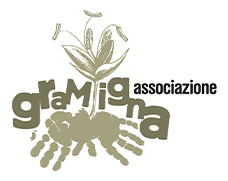EURECA
Good Practices
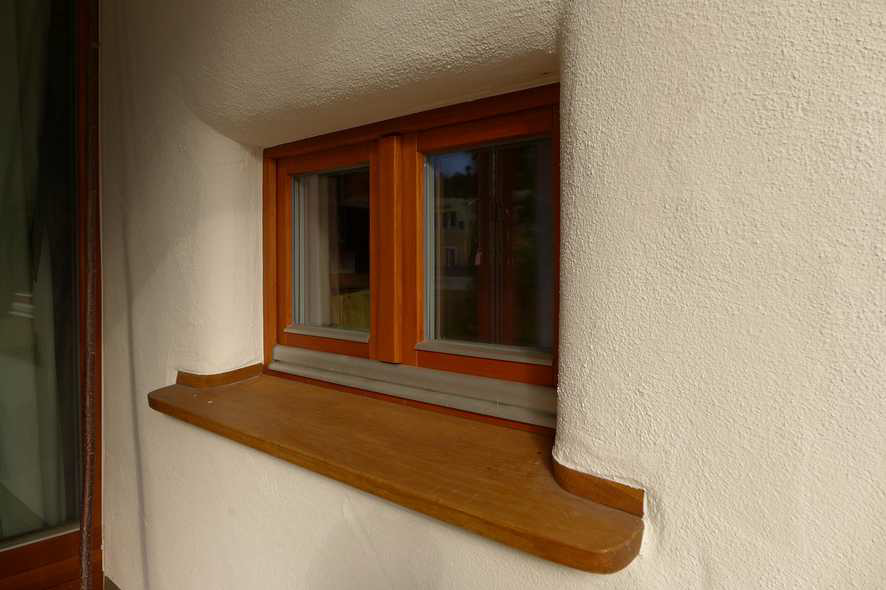
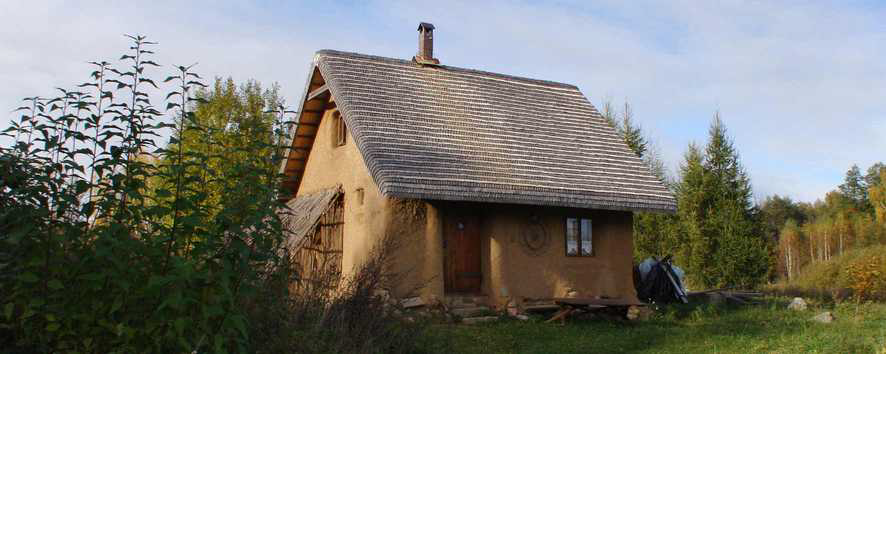
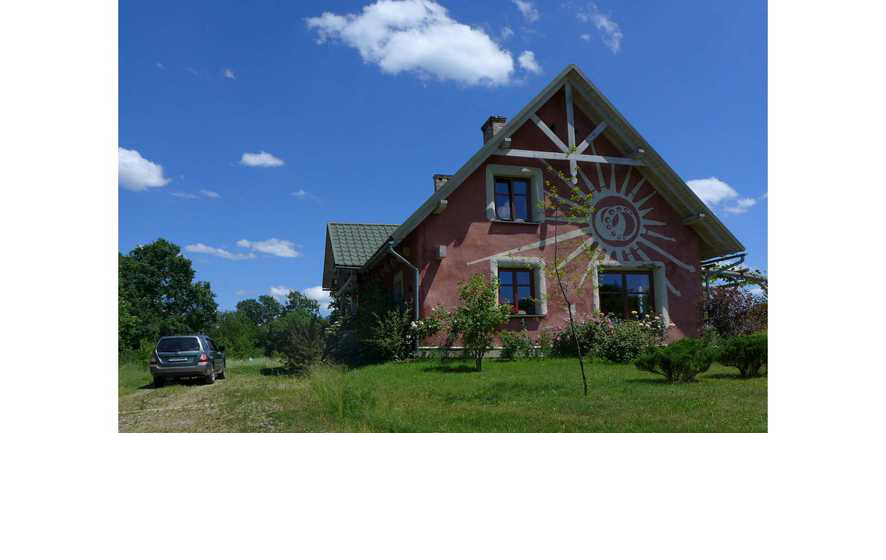
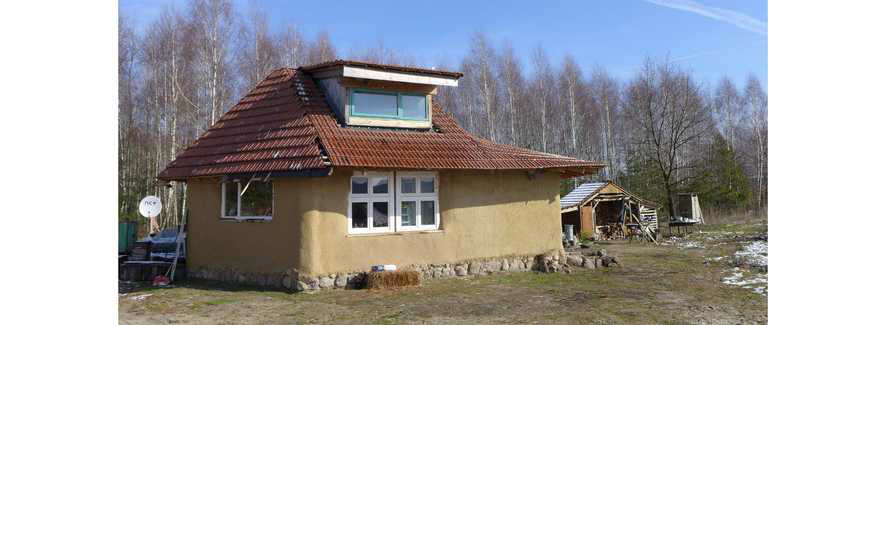
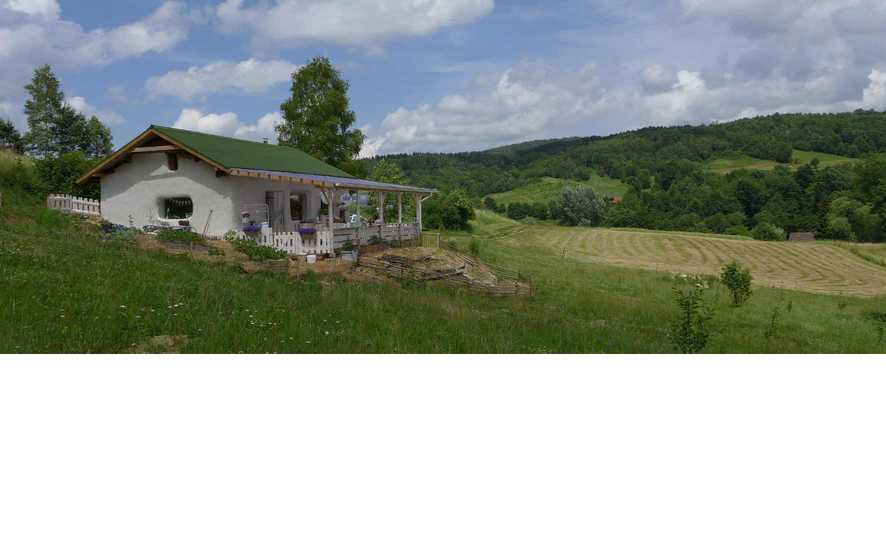
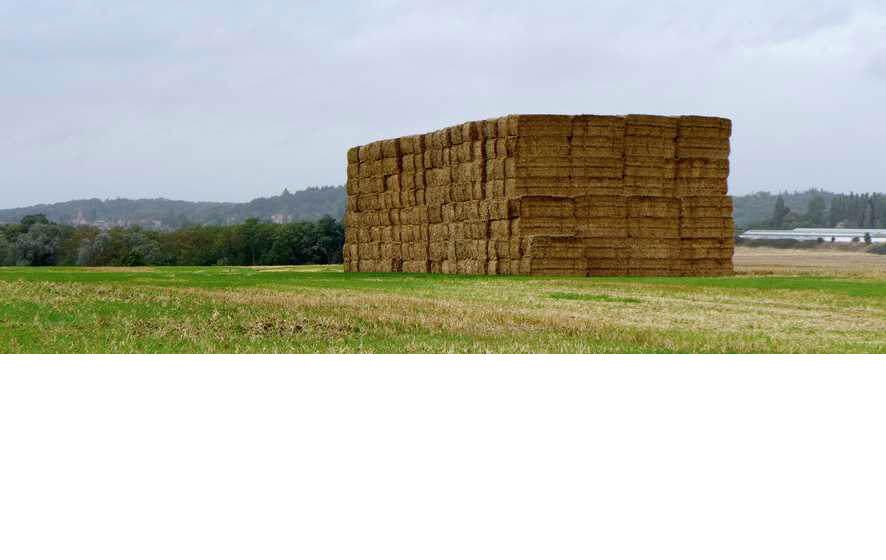
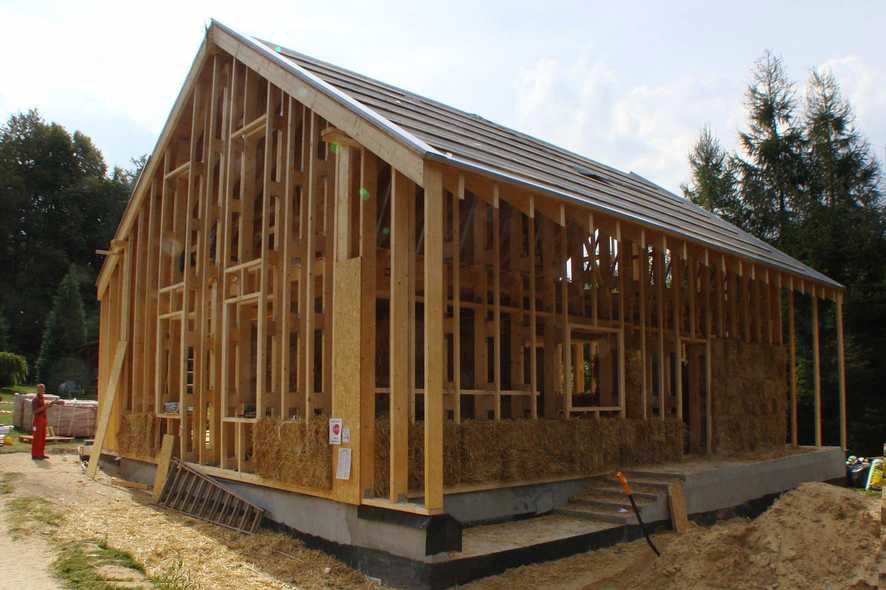 Pictures:
Pictures:Strawbale houses.
Photos by Maciej Jagielak with permission.
Strawbale houses
Country:Main Subject:
Description:
Straw has been used as a building material for centuries. It has been used in thatching, to seal walls in wooden structures, to make clay-straw bricks, or to fill house structures.
A new use - construction using compressed straw cubes (straw bale) - was discovered in the late 19th century with the invention of presses for making straw cubes. Nevertheless, the technology was not "rediscovered" until the 1970s, when it began to gain popularity as an ecological and sustainable construction solution. In France, there is the oldest house built with strawbale technology, in use since 1921, which proves the longevity of this technology.
In Poland, the first strawbale house was built in 2000, and since then at least 350 buildings have been built here using this technology, some of which are used as recreational houses, or for rent to tourists. It should be noted that strawbale cubes are most often not the load-bearing structure of the house walls, but are the filling of the structural frame, usually wooden. Such an application means that the construction of a strawbale house can be done largely on one's own, with prior acquisition of the relevant knowledge, since the key role is the accuracy of execution and avoidance of mistakes.
Strawbale technology has found applications as infill timber structures, prefabricated wood-straw panels, or load-bearing structures. In addition, it is possible to insulate roofs, soffits and ventilated floors, making strawbale technology a versatile solution.
The use of pure straw as a building material without the addition of "construction chemicals" translates into a low level of processing and a beneficial impact on the environment. Straw is a 100% renewable, local and biodegradable raw material. In addition, straw's excellent insulation, both thermal and acoustic, means that homes built with strawbale technology achieve high standards of energy efficiency and value for homebuyers. It is worth noting that the technology also has potential for use in insulating passive buildings, as evidenced by certified projects in Germany and Austria.
Strawbale technology is currently regaining popularity as an ecological and efficient solution in construction worldwide. Its advantages, such as environmental friendliness, energy efficiency, durability and variety of applications, make it an exciting alternative to traditional construction methods.
Straw bales were used in the construction of a house in the touristy "Settlement on the Sona River," among others, according to the principles of natural construction (clay and lime plaster, natural insulating materials, demolition brick and tile, wood from an old barn and barn, fieldstone).
Reference links:
https://www.osbn.eu/index.php/kostka-slomiana/
https://repozytorium.biblos.pk.edu.pl/resources/47080
SDG direct/ indirect short justification:
Direct SGDs:
Goal 8 Decent work and economic growth.: Promote sustained, inclusive and sustainable economic growth, full and productive employment and decent work for all.
Justification:
Natural building, of which strawbale technology is an example, contributes to the use of local and renewable building materials such as straw. It contributes to reducing the degradation of the environment by the building materials industry produced from non-renewable and energy-intensive raw materials. At the same time, it contributes to promoting a healthy lifestyle and increasing environmental awareness.
The activity meets Target 8.4 indicators:
8.4.1 Material footprint, material footprint per capita, and material footprint per GDP
8.4.2 Domestic material consumption, domestic material consumption per capita, and domestic material consumption per GDP
Keywords:
City:
Location:
Questions:
- What is the use of straw in construction?
- What is strawbale technology?
- What are the pro-environmental advantages of natural building?
Authors:
Piotr Znaniecki
Fundacja SocLab

